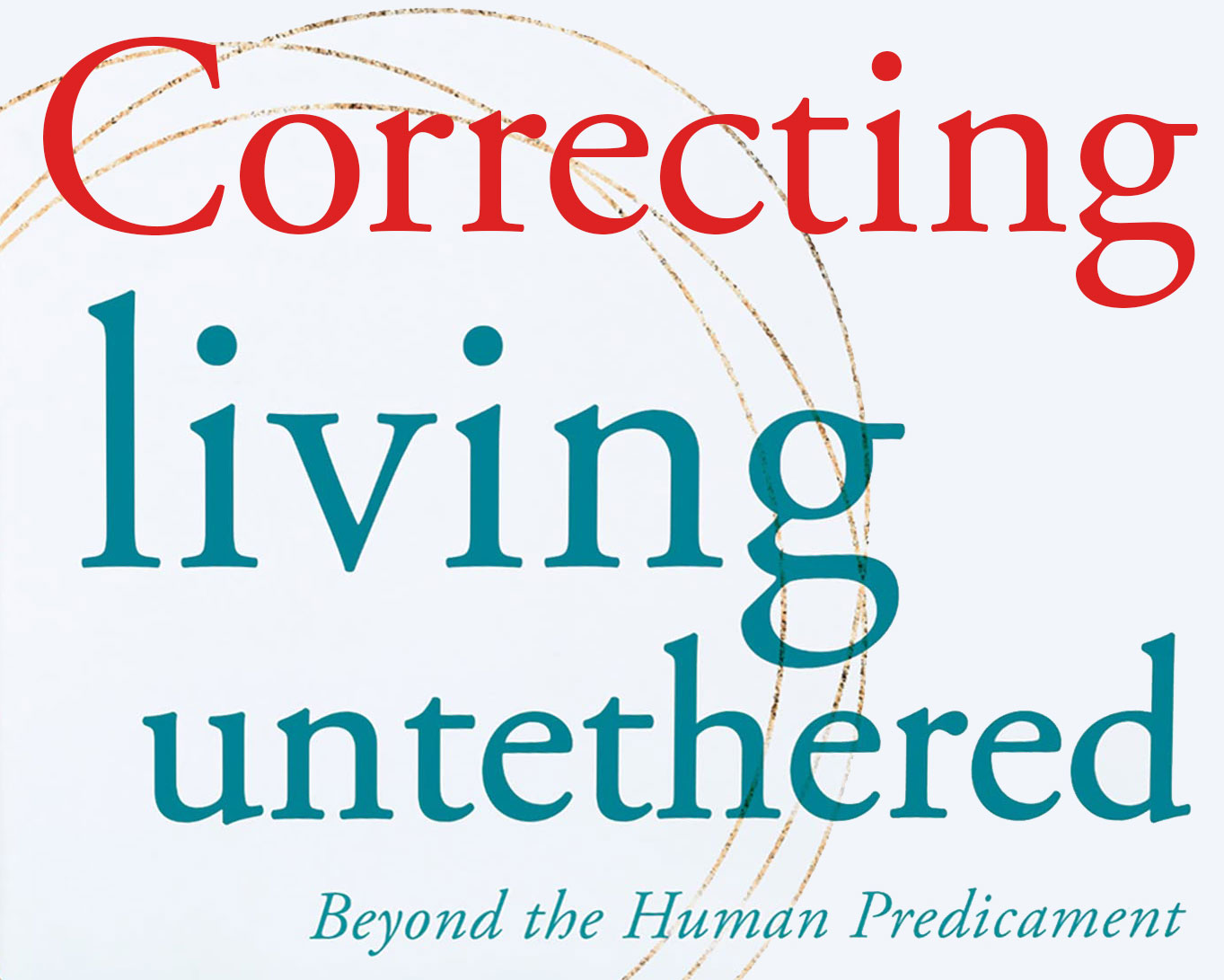
This article is the fifth in a series of 8, intended to offer corrections to Michael A. Singer’s latest book, Living Untethered: Beyond the Human Predicament, for the benefit of his readers. Each article in the series is dedicated to addressing one of the book’s parts, with this article addressing “Part V : The Heart”.
Mr. Singer begins Chapter 21, “Understanding Emotions” by expressing a wide variety of misunderstandings about emotions. So, to efficiently address those misunderstandings, what follow are clarifications on the topic that may be useful for the reader to know, based on what Mr. Singer wrote.
Your feelings are the flow of information in your nervous system. Your sensations are how you feel your physical condition through your nervous system. Your thoughts are the flows of information in your nervous system that you use to solve problems. Your emotions are how you feel the state of your nervous system.
Thoughts are associated with the brain because that is where most of the physical activity of thought occurs. Emotions are associated with the heart because its vast network of nerves and neurons is where much of the physical processing of the state information of the nervous system occurs.
Emotions are related to thoughts in that your emotions are how you are able to feel the state of your subconscious thought processes. This is why your beliefs influence your emotions. Different types of emotions are able to bring to your awareness different messages regarding what you are thinking about subconsciously. Your emotions range from highly contractive to highly expansive, based on how contracted or expanded portions of your nervous system are. What you feel as higher or lower frequency vibrations are due to the degree of expansion or contraction of your nervous system. Your samskaras are highly contracted nodes within your nervous system that are associated with beliefs related to self protection.
Emotional awareness is a skill that you can develop and refine through practice and training. The more aware you are of your emotions, the more conscious you are of your subconscious. As such, increasing your emotional awareness is a spiritual practice.
In Chapter 22 “Why the Heart Opens and Closes”, Mr. Singer begins by expressing some misunderstandings about love. So, to clear things up, it’s helpful to define what love actually is. You experience love as a knowing and desire to increase the ability to function of whatever it is that you love. Loving is subsequently the action you are doing when you act upon the love that you are feeling. To say “I love you” means that “I” feel a knowing and desire to increase “your” ability to function. To say, “I am loving you” means that “I” am acting upon the love that I am feeling for “you”.
To offer further clarification regarding Chapter 22, emotions do not themselves open or close the heart. Rather, emotions are how you feel the opening and closing (the expansion and contraction) of your nervous system. With practice and training, you can learn to keep your heart and nervous system open when previously you would have closed it (or vice versa). By contracting your nervous system, you feel less. Because of this, when your heart is closed (your nervous system is highly contracted) you may not be able to feel that your heart is closed. Instead, with a closed heart, you are likely to only be aware that you are feeling less than you used to feel. What causes your heart to open and close are not your samskaras, as Mr. Singer claims, but your choices.
The flow of energy that Mr. Singer writes of in Chapter 23 “Dance of the Energy Flow” is the flow of information that you feel when your nervous system is in an expanded state. The blockages that he writes of are the effects of the contraction of your nervous system, which you can consciously influence with practice. Your psyche is not, as Mr. Singer claims, “... the net result of all your blockages and how the energy manages to flow through them”. Rather, your psyche is more a result of your nervous system and how information flows through it.
In Chapter 24 “The Causes of Moods and Emotions”, Mr. Singer incorrectly assumes that all emotions are different types of contractive emotions. He fails to recognize that feeling the state of your nervous system when the flow of your shakti is uninterrupted is also itself a type of emotion. Moods occur when emotions are felt in response to other emotions, such as feeling angry that you’re feeling sad, feeling worried that you’re feeling worried, or feeling grateful that you’re feeling confident.
Lastly, in Chapter 25 “The Secrets of the Heart”, Mr. Singer frequently refers to the need to release samskaras (emotional blockages) in order to feel the fullness of love that is available in the form of self-effulgence. Yet, he neglects to offer a practical way to remove the blockages. Because samskaras arise due to beliefs related to self protection, the simplest way to remove them is to relax open by loving yourself. When you are aware of how loved and safe you truly are in each moment and trust yourself to respond effectively to whatever dangers arise, you are then able to release old beliefs of self protection that no longer serve you.